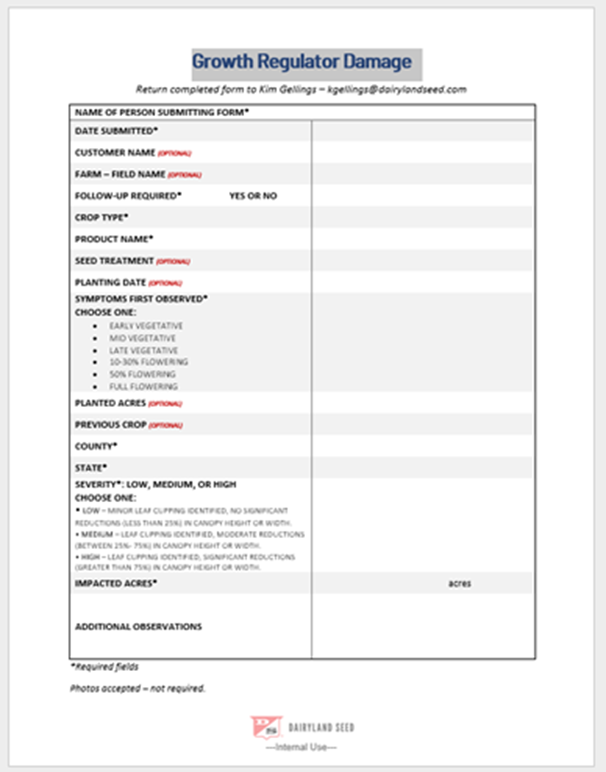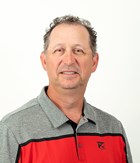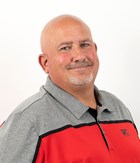Over-the-Top Dicamba Application Cutoff Dates and Off-Target Symptomology Reporting
BY Dairyland Seed Agronomy Team
- Illinois, Indiana, and Iowa: The application cutoff date is June 12. Additionally, a growth stage cutoff of V4 for soybeans in these states also exists. We were already at the V4 growth stage in several cases with the early planting conditions in some areas putting us at or past the approved application window.
- South Dakota: The application cutoff date is June 20.
- Minnesota: South of Interstate 94 the cutoff date is June 12. The cutoff date is June 30 for areas north of Interstate 94. Applications are not permitted when the air temperature is over 85 degrees at the time of application or if the forecasted high temperature of the nearest available location exceeds 85 degrees.
- Michigan, North Dakota and Wisconsin: Requirements remain as before with a June 30 or first flower (R1) cutoff.
- Illinois and Minnesota also maintain state-imposed restrictions that include no spraying when the forecasted high temperature on the day of application exceeds 85 degrees.
- As evidenced above, in the patchwork of each individual state’s restrictions, it is extremely important to read and follow all label restrictions for any potential application.

If you suspect that you have symptomology of off-target herbicide damage to your crops from dicamba products, Dairyland Seed has an obligation to report within our CropTrak system. We are making a concerted effort to provide real world information from within the Dairyland Seed brand. Your participation will help facilitate focused awareness around this issue and allow us to help develop future Best Management Practices (BMPs). This is a critical and invaluable step to preserve and improve upon useful technologies for the future. Data collected in 2023 is expected to be beneficial toward quantifying and communicating occurrences both internally and externally. If you experience suspected off target injury symptoms, please reach out to your Dairyland Seed DSM or Regional Agronomist.

Brian Weller
Western Region
507.456.3034

Rod Moran
Western Region
507.456.3034

Dan Ritter
Central Region
219.863.0583

Branden Furseth
Northern Region
608.513.4265

Mark Gibson
Eastern Region
260.330.8968

Amanda Goffnett
Eastern Region
989.400.3793

Ryan Mueller
Eastern Region
989.400.3793
